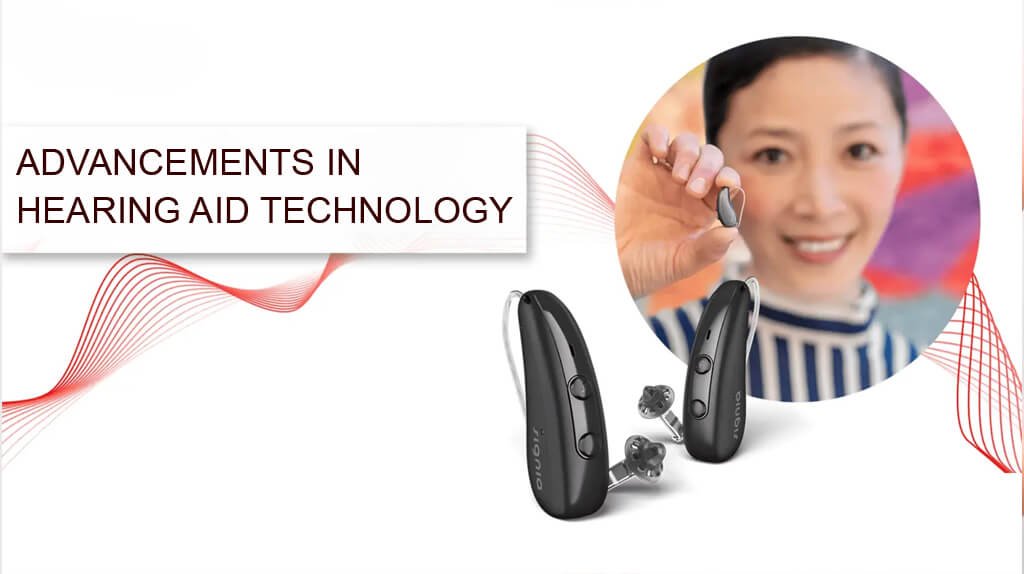Advancements in Hearing Aid Technology
Hearing aids have come a long way in recent years, thanks to advancements in technology. From improved sound quality to enhanced connectivity features, today’s hearing aids offer unprecedented benefits for individuals with hearing loss. In this blog, we’ll explore some of the latest advancements in hearing aid technology in easy-to-understand language, highlighting how these innovations are transforming the lives of people with hearing impairment.
Advanced Digital Signal Processing:
One of the most significant advancements in hearing aid technology is digital signal processing (DSP). Digital hearing aids use sophisticated algorithms to analyze incoming sounds and adjust amplification levels in real time. This allows for more precise and customized amplification, resulting in clearer and more natural sound quality. DSP also helps reduce background noise and feedback, making it easier to hear speech in noisy environments.
Wireless Connectivity:
Another groundbreaking innovation in hearing aid technology is wireless connectivity. Many modern hearing aids are equipped with Bluetooth technology, allowing them to wirelessly connect to smartphones, TVs, and other audio devices. This enables wearers to stream phone calls, music, and other audio directly to their hearing aids, enhancing their listening experience and improving communication accessibility.
Rechargeable Batteries:
Gone are the days of constantly replacing hearing aid batteries. Many newer hearing aids now feature rechargeable batteries, eliminating the need for disposable batteries and reducing environmental waste. Rechargeable hearing aids can be conveniently charged overnight using a charging dock or portable charging case, providing all-day power and convenience for users.
Artificial Intelligence (AI) Integration:
Artificial intelligence (AI) is revolutionizing the field of hearing aid technology. AI-powered hearing aids can learn and adapt to the wearer’s listening preferences and environment, automatically adjusting settings for optimal performance. These smart hearing aids can also analyze speech patterns and environmental sounds in real time, providing personalized and adaptive amplification for improved speech understanding and comfort.
Remote Programming and Telehealth:
Advancements in telehealth technology have made it easier than ever for individuals to receive remote care and support for their hearing aids. Many hearing aid manufacturers offer remote programming services, allowing audiologists to adjust hearing aid settings and troubleshoot issues remotely. This not only saves time and travel expenses for users but also ensures timely adjustments and support for optimal hearing aid performance.
Sleek and Discreet Designs:
In addition to technological advancements, modern hearing aids also feature sleek and discreet designs. Many hearing aids are now smaller and more discreet than ever before, making them virtually invisible when worn. These discreet designs offer wearers greater confidence and comfort in social and professional settings, without sacrificing performance or functionality.
Conclusion:
The advancements in hearing aid technology have transformed the landscape of hearing healthcare, providing unprecedented benefits and opportunities for individuals with hearing loss. From advanced digital signal processing to wireless connectivity, rechargeable batteries, artificial intelligence integration, remote programming, and sleek designs, today’s hearing aids offer unparalleled performance, convenience, and accessibility. By embracing these innovations, individuals with hearing impairment can enjoy improved quality of life, enhanced communication, and greater participation in daily activities. As technology continues to evolve, the future of hearing aid technology holds even greater promise for further enhancing the lives of people with hearing loss.

